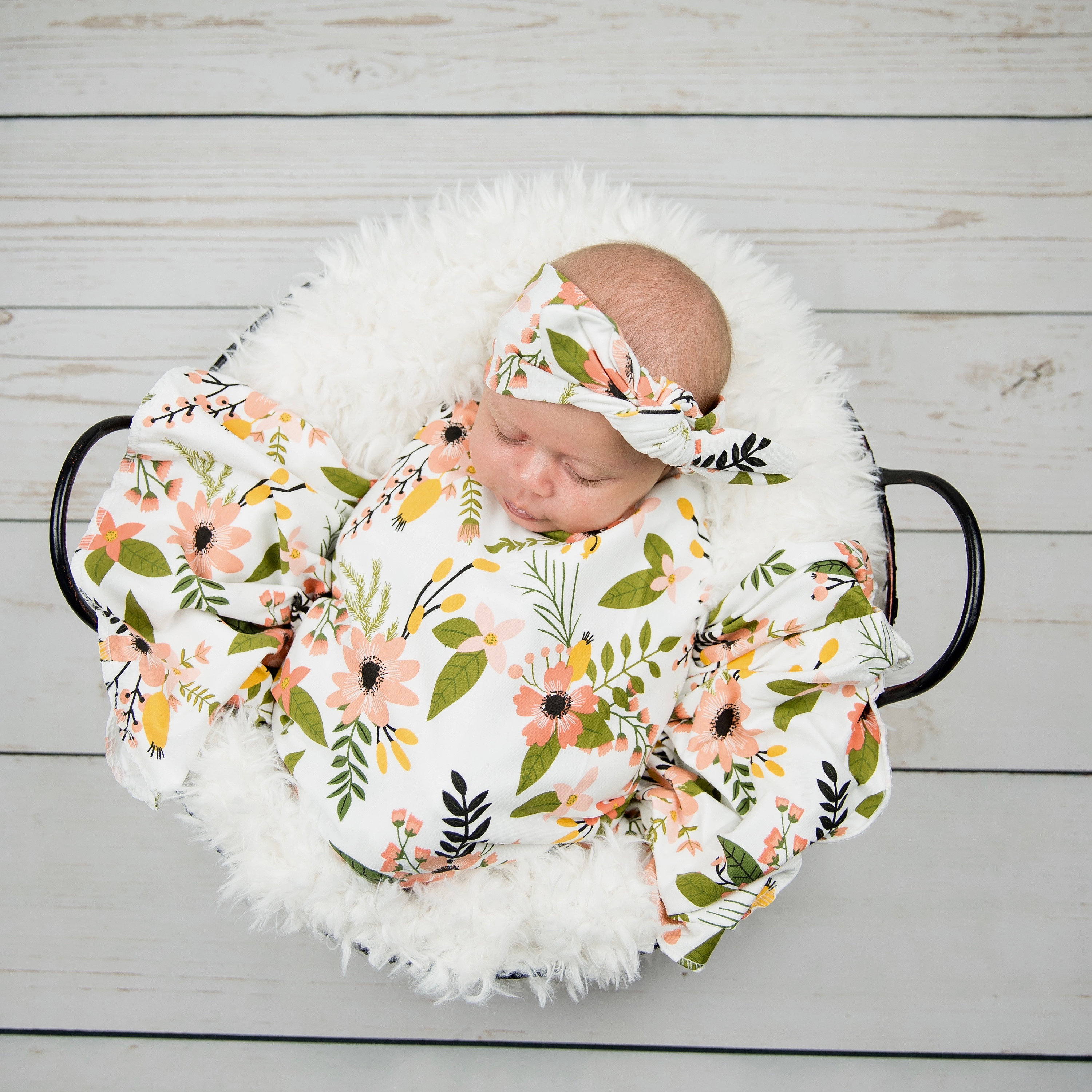6 Mistakes In Baby Announcement That Make You Look Dumb
페이지 정보

본문
The role of the garden designer has also evolved in response to changing social, cultural, and environmental trends. Designers must now be knowledgeable about a wide range of disciplines, from horticulture to ecology, architecture to engineering, to create gardens that are both beautiful and sustainable. Collaborations with architects, artists, scientists, and community stakeholders are also common in contemporary garden design, as designers seek to create spaces that are integrated into their surroundings and serve multiple functions.
If you have a bright, sunny spot in your home, you may want to consider plants that require high light levels, such as the Fiddle Leaf Fig or the Ponytail Palm. On the other hand, if you have a low-light room, you can opt for plants that can tolerate shade, such as the Cast Iron Plant or the ZZ Plant.
6. Repotting: Over time, tropical houseplants may outgrow their pots and become root-bound. When this happens, it's important to repot your plants into a larger container with fresh, well-draining soil. Repotting can help to prevent root rot and give your plants room to grow.
4. Fertilising: Houseplants benefit from regular fertilisation during the growing season, typically spring and summer. Choose a balanced, water-soluble plant food and dilute it according to the manufacturer's instructions. Be mindful not to over-fertilise, as this can cause build-up of salts in the soil.
In medieval Europe, garden design underwent a transformation with the influence of Christian monasticism and Islamic garden traditions. Monastic gardens were designed to provide sustenance, solace, and meditation for monks, with simple layouts and utilitarian plants. Islamic gardens, on the other hand, were designed as havens of tranquility and beauty, with lavish water features, lush vegetation, and ornate tile work.
The history of garden design is a rich tapestry of styles, Personalised Gifts influences, and innovations, reflecting the changing aspirations, values, and aesthetics of different societies. From the formal gardens of ancient civilizations to the contemporary landscapes of today, the art of garden design has continually evolved to meet the needs and desires of each era. The principles of sustainability, biodiversity, and ecological sensitivity are now guiding the evolution of garden design, as designers seek to create landscapes that are both beautiful and environmentally friendly. The future of garden design promises to be as diverse, dynamic, and innovative as its past, as designers continue to push the boundaries of creativity and imagination in shaping the landscapes of tomorrow.
Today, garden design encompasses a wide range of styles and approaches, from traditional to contemporary, formal to informal, minimalist to maximalist. The principles of sustainability, biodiversity, and ecological sensitivity have become increasingly important in garden design, as designers seek to create landscapes that are both beautiful and environmentally friendly.
To ensure your houseplants thrive and remain healthy, it's important to provide them with the right conditions and care. This includes watering them regularly, but not overwatering, as this can lead to root rot and other issues. It's also important to provide your plants with the right amount of sunlight, humidity and temperature, as well as regular feeding with a balanced plant food to promote growth and flowering. Regularly inspect your plants for any signs of pests or disease, and take appropriate action to treat and prevent any issues that arise.
When it comes to choosing the right houseplants for your home, there are a few factors to consider. Firstly, think about the amount of natural light available in each room, as this will determine which plants will thrive in your space. Some plants, such as spider plants and peace lilies, prefer bright, indirect light, while others, like snake plants and ZZ plants, can tolerate lower light conditions. It's also important to consider the humidity levels in your home, as some plants, such as ferns and orchids, thrive in more humid environments.
In conclusion, houseplants are a wonderful addition to any home in the UK, providing beauty, health benefits, and a sense of well-being. By choosing the right plants for your space, caring for them properly, and reaping the benefits of their presence, you can create a lush, green oasis indoors. So go ahead, indulge your green thumb and bring the beauty of nature into your home with houseplants.
In the 20th century, garden design continued to evolve with the emergence of modernist and postmodernist movements, influenced by changing social, cultural, and environmental factors. Modernist gardens, such as those designed by Gertrude Jekyll and Lawrence Johnston, sought to blend art, architecture, and nature in a harmonious fusion of form and function. Postmodernist gardens, such as those created by Charles Jencks and Martha Schwartz, embraced irony, playfulness, and eclecticism in a bold departure from tradition.
- 이전글What Makes The Mesothelioma Litigation So Effective? When COVID-19 Is In Session 24.10.03
- 다음글15 Reasons Not To Overlook Couches With Recliners 24.10.03
댓글목록
등록된 댓글이 없습니다.











